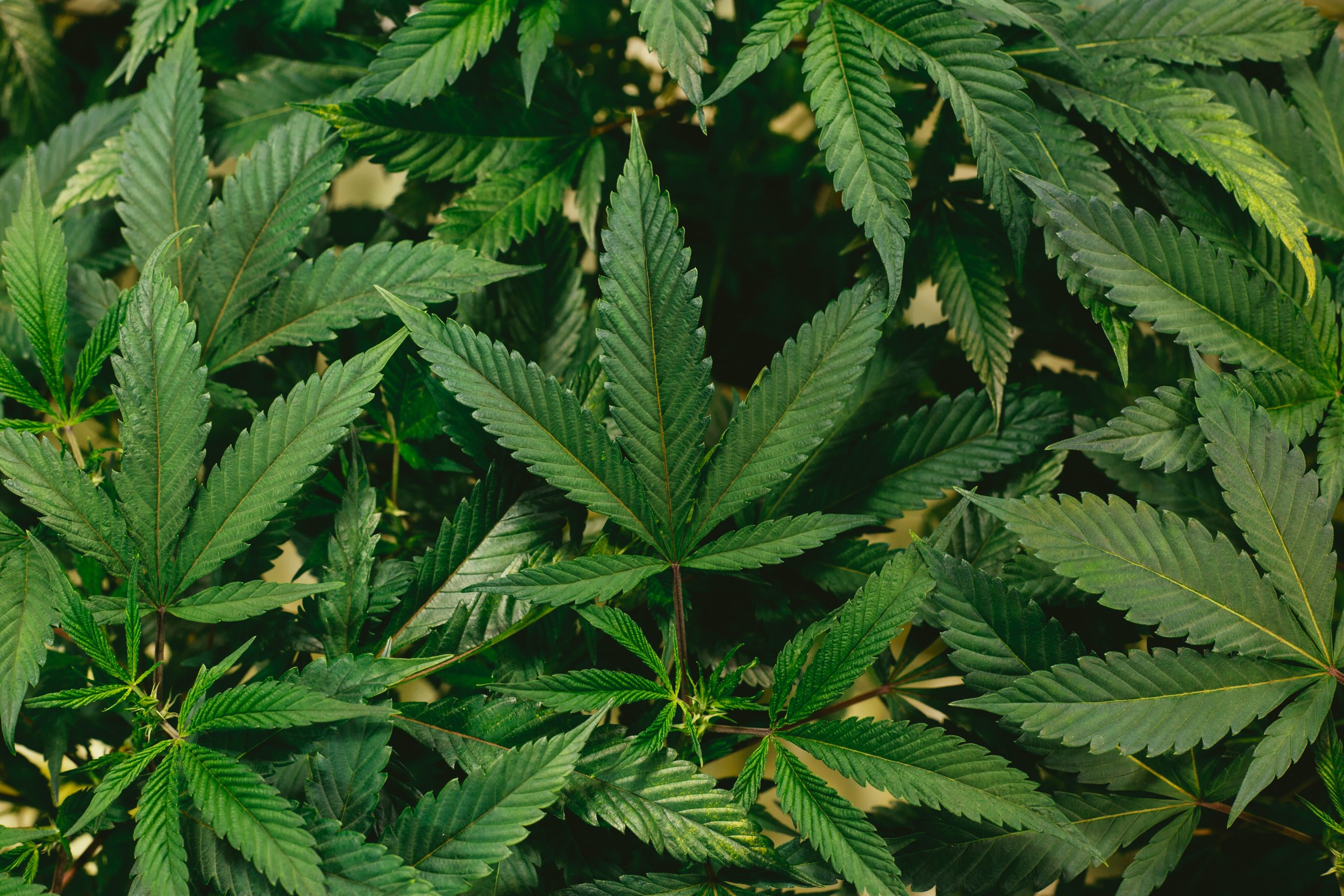Indica verus Sativa: What’s the difference?
Indica and Sativa are two of the most well-known cannabis subspecies or "strains." They are often used to categorize and describe different types of cannabis plants, but it's important to note that the distinctions between them have become somewhat blurred due to extensive hybridization over the years. Below we talk about the key differences between Indica and Sativa, along with an explanation of why these distinctions matter.
Indica:
Appearance:
Indica plants are typically shorter and bushier in appearance with wide, dark green leaves. They are well-suited for indoor cultivation due to their compact size.
Effects:
Indica strains are often associated with relaxing and sedating effects. They tend to promote a sense of calm, relaxation, and may help with pain relief, anxiety, and sleep disorders. Users often report a "body high."
Terpene Profile:
Indica strains often have terpene profiles that include myrcene, which is believed to contribute to the sedative effects.
Common Uses:
Indica strains are commonly used in the evening or at night to unwind, relieve stress, and improve sleep quality.
Sativa:
Appearance:
Sativa plants are typically taller and have thinner leaves. They have a more "lanky" appearance and are better suited for outdoor cultivation due to their height.
Effects:
Sativa strains are often associated with uplifting and energizing effects. They may enhance creativity, focus, and sociability. Users often report a "head high."
Terpene Profile:
Sativa strains may have terpene profiles that include limonene, which is believed to contribute to the invigorating effects.
Common Uses:
Sativa strains are often used during the day to stay alert and active. They are favored by some for activities that require mental acuity and energy.
Many cannabis strains on the market today are hybrids, meaning they have a mix of both Indica and Sativa genetics. These hybrids can exhibit a wide range of effects and characteristics, depending on the specific genetics and terpene profiles.
Why does it matter?
Understanding the differences between Indica and Sativa can help individuals choose strains that align with their desired effects and activities. For example, someone seeking relaxation and pain relief might prefer an Indica-dominant strain, while someone looking for daytime productivity might prefer a Sativa-dominant strain.
Patients who use cannabis for medicinal purposes may benefit from selecting strains based on their specific symptoms. For instance, Indica strains may be more appropriate for managing chronic pain and insomnia, while Sativa strains could be better for conditions like depression or fatigue.
While the Indica-Sativa distinction can provide a general guideline, the actual effects of a cannabis strain can vary widely depending on its unique cannabinoid and terpene profile. Thus, users and patients should consider the specific chemical composition of a strain in addition to its Indica or Sativa label.
In recent years, the scientific community has recognized that the Indica-Sativa categorization is overly simplistic and doesn't fully capture the complexity of cannabis.
Many experts argue that a strain's chemical composition (i.e., its cannabinoid and terpene profile) is a more accurate predictor of its effects. As such, it's crucial for consumers to rely on lab-tested data and personal experience when choosing cannabis products rather than solely relying on the Indica-Sativa distinction.
Common Misconceptions
There are several common misconceptions surrounding the distinctions between Indica and Sativa cannabis strains. These misconceptions have arisen due to historical and cultural factors, as well as the ongoing hybridization of cannabis strains. Here are some of the most prevalent misconceptions:
Indica = Sedating, Sativa = Uplifting:
One of the most widespread misconceptions is the belief that all Indica strains are sedating, while all Sativa strains are uplifting. While there's some truth to this generalization, it oversimplifies the complex effects of cannabis. In reality, a strain's chemical composition, including its cannabinoid and terpene profile, plays a more significant role in determining its effects. Some Indica-dominant strains can be uplifting, and some Sativa-dominant strains can be sedating.
Indica vs. Sativa as Species:
Many people believe that Indica and Sativa represent distinct species of cannabis. In reality, they are subspecies or varieties of the Cannabis plant (Cannabis indica and Cannabis sativa, respectively). Moreover, extensive hybridization over centuries has blurred the lines between the two, making pure Indica and Sativa strains rare.
Consistency in Effects:
Some individuals expect that all strains labeled as Indica or Sativa will consistently produce specific effects. In reality, the effects of a strain can vary widely, even within the same category, due to factors like genetics, growing conditions, and harvest time.
Sativa for Daytime, Indica for Nighttime:
It's a common belief that Sativa strains are suitable for daytime use, while Indica strains are best used at night. While this guideline may work for some people, it oversimplifies the complex interaction between a strain's chemical composition and an individual's unique physiology and tolerance.
In the end, while the Indica-Sativa classification system can provide a general guideline for understanding cannabis strains, it has limitations and should not be the sole basis for selecting a strain. The chemical composition, including the cannabinoid and terpene profile, plays a more significant role in determining a strain's effects. Additionally, individual responses to cannabis can vary widely, so it's essential for consumers to rely on their own experiences and lab-tested data when choosing cannabis products.



